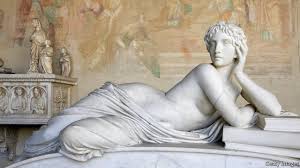
Does your Body Shape belong in a Different Era?
Body type has differed quite a lot over the ages in relation to what men and woman find attractive in a mate. Are you happy when you look in the mirror (and I’m asking the women as men automatically think they look like Adonis!).
Thousands of years ago, sculptures and artworks portrayed curvaceous, thickset silhouettes. More recently, in the late 20th century, thin, waif-like models filled the pages of fashion magazines. Now, we need to do one hundred squats every day to be awarded with “likes” on social media.
One of the earliest examples of art that’s ever been discovered, is also a primitive symbol of an idealized woman. And she doesn’t look at all like the models of today. The Venus of Willendorf — a statue crafted somewhere between 24,000-22,000 BCE — is a paradigm of fertility. As a piece of art, it’s likely that this figure is greatly exaggerated from what the women of the era actually looked like, but that further proves that “voluptuous and well-nourished” was the ideal 25,000 years ago.
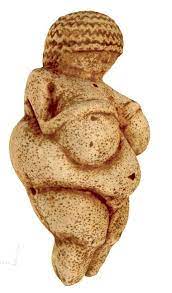
Fast forward to the 1900’s and many women were hitting the workforce during World War I. And after the war? They weren’t about to give up all that independence. In 1920, women scored the right to vote — and they weren’t going to take the piled-up hair and corsets anymore! Flappers brought about a complete change in fashion and body type. Since they were gaining a taste of men’s power, the ideal women’s body became a more boyish figure. For the first time, the curvy, fertile look was completely out. Girls wanted to look thin with no curves, and they were chopping their hair.
Skirt hemlines were hiked up higher than ever, allowing women to move, dance, and finally have some fun. The flip side of the flapper movement? It’s where our serious modern obsession with weight began. Before the ’20s, it was difficult to weigh yourself unless you were very rich. Full length mirrors were also incredibly expensive, so only the wealthy had ever even seen their entire bodies. But, as bathroom scales were invented, it became very simple to check your weight (and in the modern day, to check your height to weight ratio. The rise of department stores also gave working class women a chance to finally see all of themselves at once. That also meant they could see all of their flaws (that existed in their minds) igniting our contemporary version of body obsession.
After World War II, many Americas started to make a lot of money for the first time in years. People were in the mood to celebrate, and with that indulgence came a slightly fuller figure. The hourglass figure was sought after and having a large bust was strongly encouraged.
Now, a lot of people think that the sex symbols of the ’50s would be considered plus sized now. Though they are certainly heavier than the models of today, the movie stars were still very thin — they just had boobs. Most of the glamour girls of film had a BMI between 18.8 and 20.5, much lower than the average women’s BMI of 23.6. So, even at a modern time where the ideal woman was a little bigger, she was still thinner than most real girls.
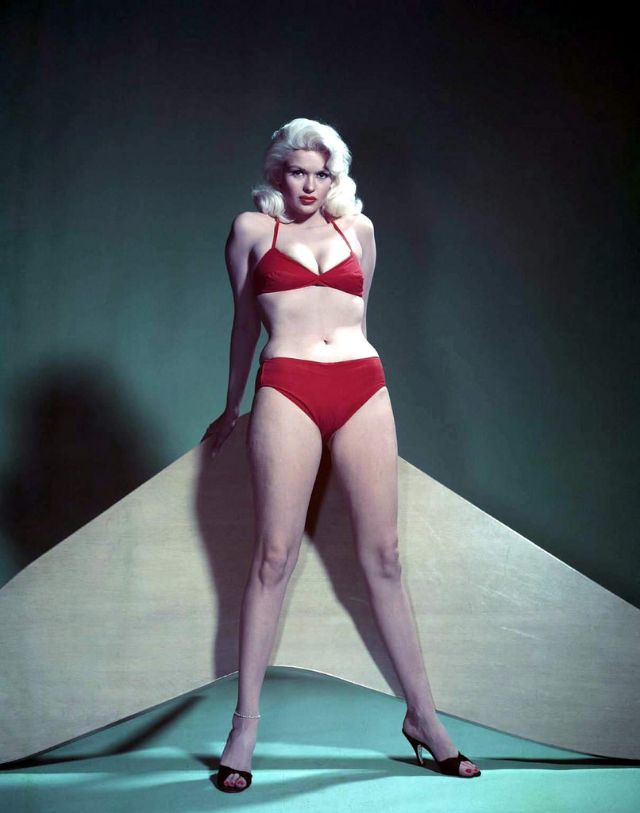
Perhaps the most iconic female figure of the post-war era and even into the early 60s was Marilyn Monroe. The leggy, curvy blonde was the pinnacle of attractiveness during these years, and is still considered one of the most beautiful women in American history.
When the 1960s came rolling in, societal roles for both men and women were turned upside down. The psychedelic rock star look hyper-sexualized the male form, with the likes of Jim Morrison and Mick Jagger popularizing the long-haired, scrawny, feminine rocker charm. Famous women, meanwhile, adopted a slender, almost emaciated look. Curves weren’t as important as being rail-thin and elegantly fashionable, like the tiny model Twiggy and the slender, doe-like Audrey Hepburn, both of whom were fashion and body image icons during this decade.
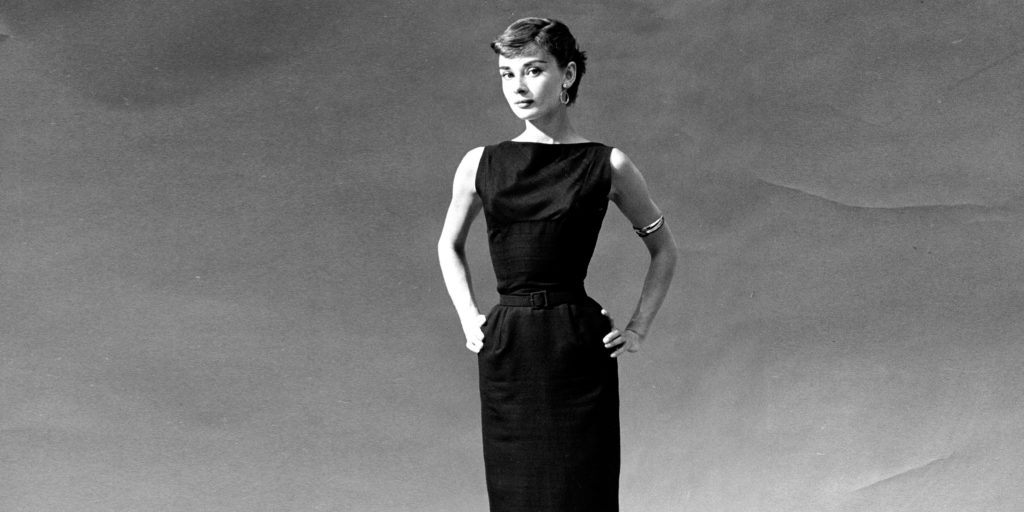
After the cinched waists of the 50s and the super-slim models of the 60s forever changed the way women viewed their bodies. By the 1970s, the thinking-thin phenomenon was in full force.
The silhouette was slim and flared, and the androgynous hippie look was worn by both women and men. Clothing became sexier as the disco-style became the “it” thing. The classic look with lady-like dresses and classic suits became more loosely fitted. The glamour look became more revealing, paired with wilder hair and lots of accessories, such as bangles, pearls and fur.
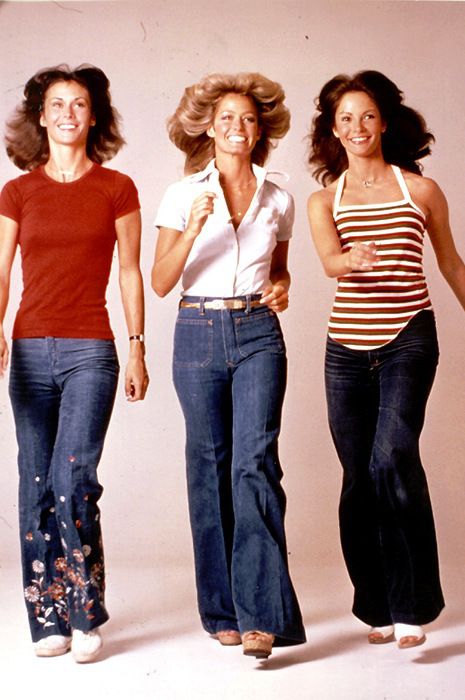
Most women aspired to imitate the ultra-glam ‘Studio 54′ look popularized by Bianca Jagger. Another big icon of the 70’s was the fresh-faced Farrah Fawcett. Her blown-out waves and natural makeup, demonstrated a mixture of the hippie ideals of beauty and the early disco trends. The bronzed skin, glossy lips, and layered, feathered haircut, revolutionized women’s beauty and became the look that every woman wanted to have.
The 1980s began a new emphasis on females being slender but also having toned muscles with prominent woman athletes recognized in media. The image above is of female track and field athlete Florence Griffith Joyner. Even with athletes in the picture now, models continue to slim down, and by the late ‘80s, the average model weighed 23% less than the average American woman. Dieting also becomes a popular trend, pressuring women to slim down and shed pounds.
As grunge took center stage in the 90s, a new trend emerged in fashion, known as heroin chic. If Twiggy wasn’t waif-like enough, the 90’s brought in a wave of models — spearheaded by Kate Moss — who exemplified the wispy, slender, drugged look of heroin-chic. The 90s was perhaps when the unhealthy obsession with thinness began, as Moss herself coined the phrase, “Nothing tastes as good as skinny feels.”
Right up to the 2010’s and we now feel the need to educate our daughters to try to be comfortable within themselves after years of exposure to an impossibly thin attitude to their bodies.
Meet “normal” Barbie: She’s not impossibly tall and skinny, but instead created in the proportions of the average 19-year-old American woman.
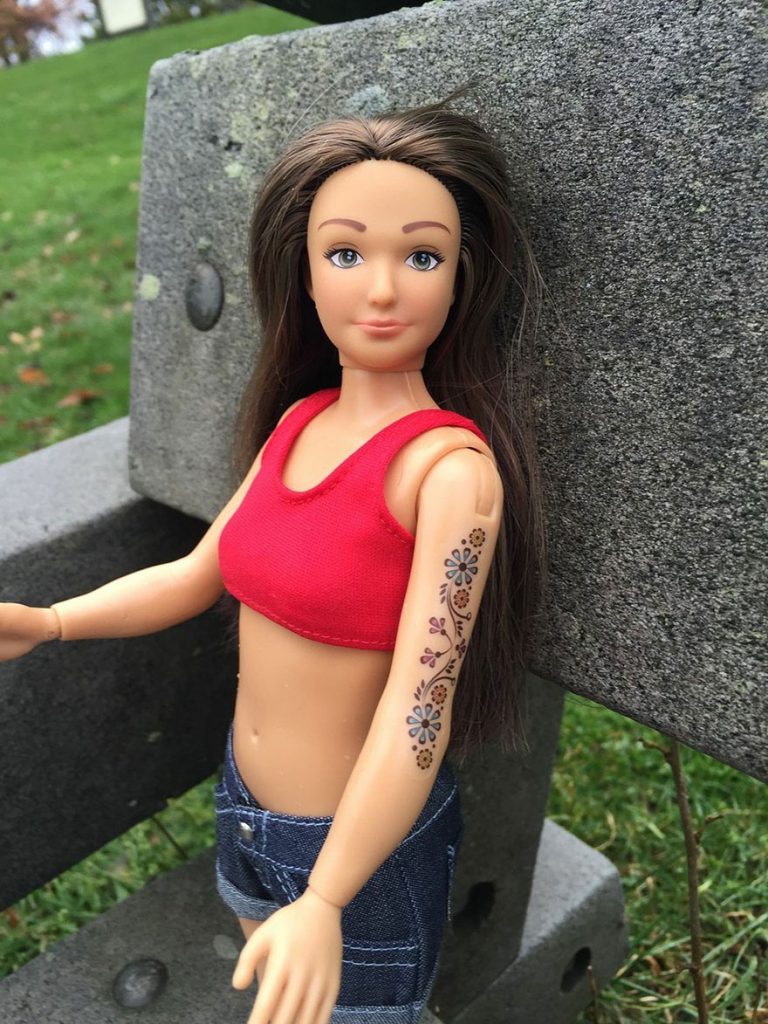
Using a 3-D model, Photoshop and the Centers for Disease Control’s measurements of the average 19-year-old woman, artist Nickolay Lamm has created a rendering of what a Barbie doll would look like if it better resembled an average woman. He used the CDC measurements to make a 3-D model, dressed it up like a Barbie using Photoshop, he then photographed a standard Barbie doll next to his model to show the difference.
Kerri Johnson, an associate professor in the departments of communication studies and psychology at UCLA, thinks it’s likely we’ve evolved to have certain preferences, but that culture mediates those preferences. When she asks people to pick out how their mind’s eye sees the “average” woman, test subjects choose thinner women with smaller waist-to-hip ratios than reality.
So If you feel that your body type is sat in the wrong era and that virile Victorian men are hard to find, then you can explore cosmetic surgery with the market leader for cosmetic Surgery abroad then contact Europe Surgery today for Cheap Cosmetic Surgery
Surgery in Poland is up to a 1/3 cheaper than the UK as well as cheap transport and hotel – however with Europe Surgery you get a London-trained surgeon to help you find your confidence with the ideal body type for your era.




